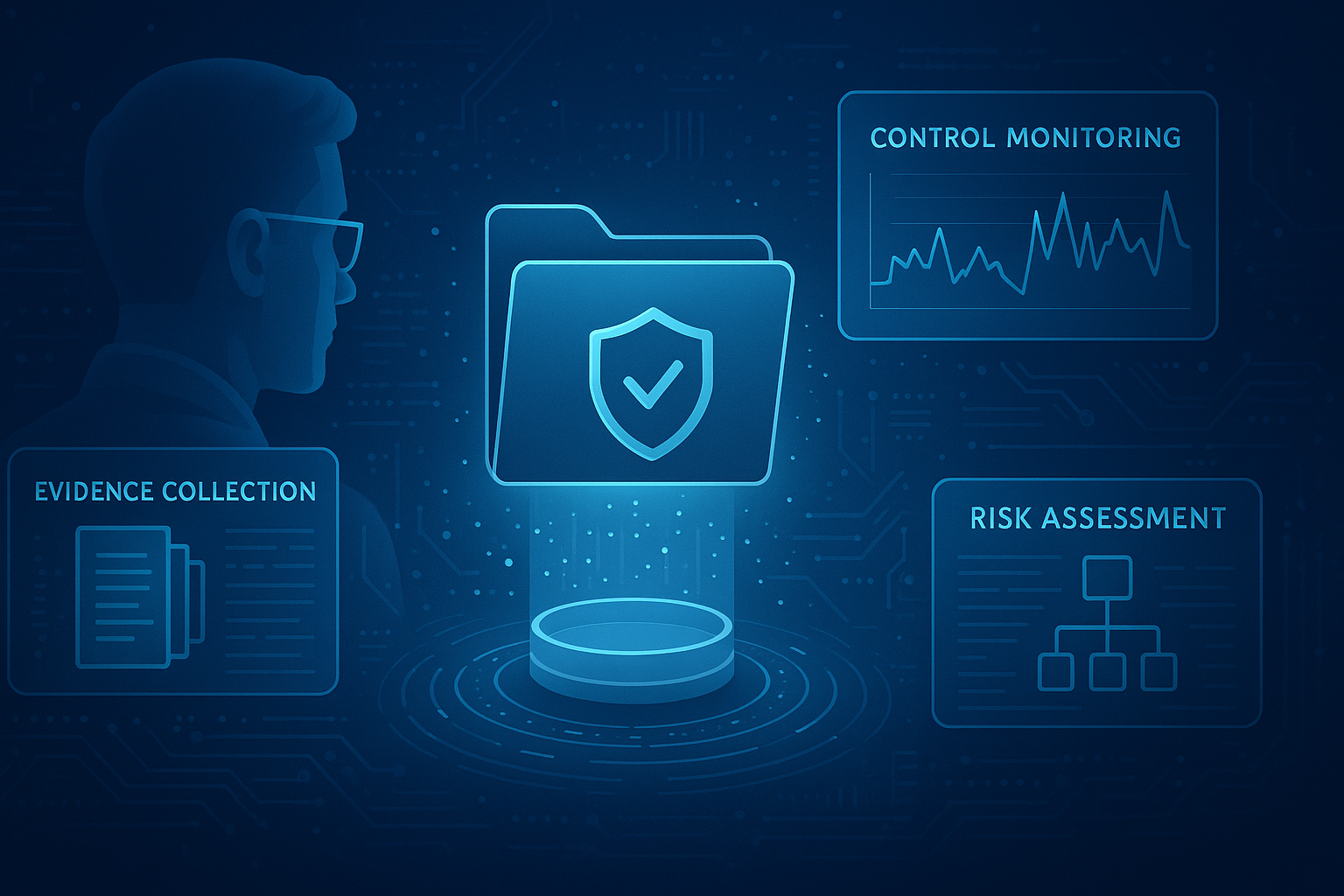Federal Energy Regulatory Commission (FERC) is the governing body in charge of monitoring and enforcing regulations put forth by the North American Energy Reliability Corporation (NERC). Additionally, where NERC is in charge of developing and maintaining the rules for contractors and national and regional entities working with the Bulk Electric System (BES), FERC runs audits and enforces penalties and sanctions on those who are not compliant with NERC.
As these agencies work together, the NERC drafts legislation iteratively in versions. At the time of writing, the NERC Critical Infrastructure Protection (CIP) framework is currently in version seven. The NERC CIP framework is primarily a reliability standard designed to ensure the continued operation of the BES and the security of the physical and critical cyber assets. As the landscape and rules evolve, new regulations are introduced that often serve as critical points for the next version. They are labeled as ‘subject to future enforcement’.
One of the most significant changes between versions of the NERC reliability standards is the scope that new regulations encompass and phasing out regulations that are no longer necessary or are proven counter-intuitive to new controls. Security management controls en route to being terminated or considered are labeled ‘Pending Inactive’. Our research found that the language used for these updates is sometimes overly intricate and verbose. Since the impact on the Bulk Electric System can be devastating, having such rigid and theological language leaves as little room for misinterpretation as possible. Previous controls have been ushered out entirely due to having vague and indirect guidance. In an effort to ease the transition between NERC CIP versions for organizations, NERC releases transition guides to help responsible entities stay ahead of the curve and avoid possible sanctions from a FERC audit.
NERC CIP Audit
In the event of a FERC audit, the auditor is looking for organizations to pursue a risk-based approach. Being able to quickly illustrate your organization's cyber risks with an integrated risk management tool like CyberStrong with a risk dashboard will facilitate this conversation in a much more meaningful way. This being said it is unlikely a full audit will be performed. Instead, FERC is more likely to perform more targeted audits on areas of interest within the organization, such as reliability, affiliated transactions, gas and electric tariffs, market-based rate authority, and record retention compliance.
In a FERC audit (whether specialized or general), the auditor looks for key things from each control: requirements, transparency, accountability, operational efficiency, and effectiveness.
- Requirements: What policies are needed to maintain the functionality of the control?
- Transparency: How easy is it to access the control, and who has the ability to view it?
- Accountability: What parties are responsible for maintaining policies within the control? Who has access to influence them?
- Operational Efficiency: How well the control can operate and identifying factors that could affect a specific operation.
- Effectiveness: How well the control functions and influences other controls within NERC CIP.
FERC audits begin with a commencement letter sent to the organization and posted publicly on the Commission's online eLibrary. This commencement letter outlines the purpose and scope of the audit, the overseeing authority conducting the audit (FERC), and the state’s management contact information. The audit staff will use observations, process walk-throughs, data requests, interviews, and analytical testing to determine your entity’s compliance with NERC CIP standards. Upon finishing the audit, the auditors sit down with company officials in an Exit Conference to inform them of what they found during their investigation, highlight improvement areas, and provide a draft audit report for the company being audited. The Exit Conference is performed to maintain the audit's transparency and ensure audit reporting is accurate.
Afterward, FERC will either send a Commission or letter order to your organization and issue the final audit report with the Company’s response attached. At the end of FERC’s audit, the results will also be posted publicly on the eLib. This is done to provide insight into areas of concern to entities and the industry as a whole, as well as to allow compliance officers the ability to replicate and test audit procedures from the FERC. Annually, audits are summarized and compiled into the Annual Report on Enforcement.
NERC CIP is a critical framework that serves to protect the Bulk Electric System from cybersecurity threats and bad actors. Paying attention to the Transition guidelines, adjusting policies to oncoming trends and taking a risk-based approach in NERC CIP. CISOs and CFOs seeking to stay compliant with NERC should consider the scope of their current policies when considering adding new controls.
Learn more about leading cybersecurity frameworks and standards here.
If you’re curious how your organization stacks up to a NERC CIP audit, our patented cyber risk management software, CyberStrong, is capable of running cyber risk assessments, generating reports, managing audits, and measuring your entity’s security risk posture so you can minimize your risk and enable continuous NERC CIP compliance.





.png)
.png)
.png)
%201.png)
.png)
%202.png?width=461&name=Risk%20Dashboard%20(bar%20Charts)%202.png)




